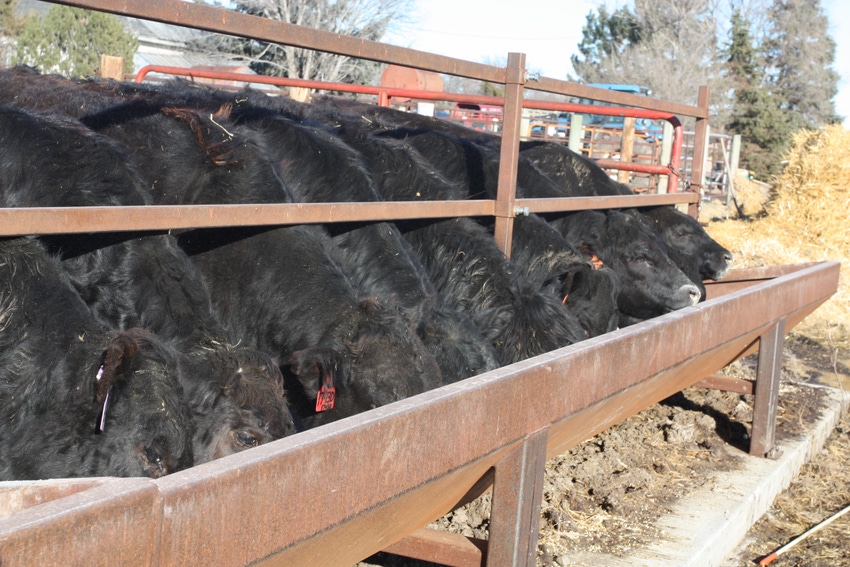How to respond to consumer concerns about antibiotics
Antibiotic resistance is an emotionally-charged issue. How can livestock producers effectively engage with consumers on this important topic?
February 15, 2017

Cattle prices aren’t where we would like them to be. When the going gets tough, the banker tells us it’s time to buckle down, lower inputs and be cautious about our investments. While we work hard to take care of our businesses at home, external threats from activist groups and societal shifts are slowly changing our industry.
A good example of this is the Veterinary Feed Directive (VFD). Newly implemented at the onset of 2017, the VFD, while cumbersome, offers a paper trail of proof to our consumers that producers are using antibiotics judiciously, by the label and for the intended use—particularly antibiotics used in feed.
I fear this step is only the beginning in how antibiotics will one day be allowed to be used in the livestock industry. After all, the topic of antibiotic resistance is an emotionally-charged issue. Consumers so often hear the figure that 80% of antibiotics used in the United States are given to livestock. However, the folks citing that statistic fail to recognize that there are literally billions of food animals in America, compared to just millions of people. So, yes, more antibiotics would be used in food animal production.
Because this is an emotional topic, with more superbugs wreaking havoc in human health, we could choose to talk about Beef Quality Assurance, safe handling, withdrawal times, proper use, etc. The industry has a wealth of great information that can be referenced to base our conversations on proven industry practices that are backed by trusted veterinarians. Here are five examples:
1. Antibiotic stewardship is not new to cattle ranchers
2. Antibiotic use in cattle 101
3. Consumers — not science — are driving demand for antibiotic-free meat
4. Management and antibiotic use go hand in hand
5. Video shows how antibiotics are used in agriculture
With sound science as the foundation of our talking points, we still need to address the emotional side of the issue. That’s where relating to one another comes into play. When I talk to consumers, I remind them that just like people, when livestock are sick, antibiotics are an important tool to help them regain their health. For cattle, this goes hand-in-hand with a nutritious diet, up-to-date vaccinations, clean housing and proper handling. And just like in human health, strict protocols are followed by veterinarians (or in their case physicians) to help antibiotics prevent and treat diseases.
Ultimately, I think it’s important we remind our consumers that we are all in this together. Livestock producers are people, too, and we recognize the issue of antibiotic resistance. Just like we wouldn’t want to give our kids antibiotics every time they have a sniffle, it doesn’t make sense for producers to overuse or abuse antibiotics either.
It’s going to be tough going for awhile. So many people inherently mistrust and turn down antibiotics, vaccines and flu shots in their own children, so trying to justify antibiotic use in livestock could be difficult. Yet, if we stop engaging and paying attention to what our consumers are really concerned and thinking about, then it won’t be just a VFD that stands between your outfit utilizing feed antibiotics. It could be a whole lot more.
The opinions of Amanda Radke are not necessarily those of beefmagazine.com or Penton Agriculture.
About the Author(s)
You May Also Like




.png?width=300&auto=webp&quality=80&disable=upscale)
